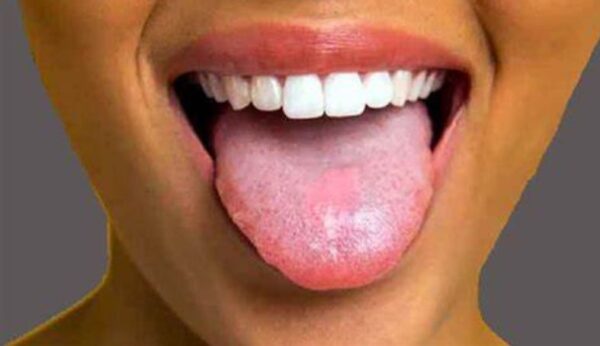Lifestyle
5 changes in your tongue that indicate dangerous diseases

We never pay much attention to the changes that happen in our tongue, which might just be a fascinating part of the body.
Not just because it helps with speaking, chewing, or tasting, but also because it silently reflects what’s going on deep inside the system.
Experts call it a “mirror” of internal health. And sometimes, this mirror shows signs that are too subtle to notice—until one looks closely.
From changes in texture to colour or coating, the tongue can reveal early signs of serious health conditions, including infections, nutritional deficiencies, and even cancer.
Here are some rare but real tongue changes that could be more than just harmless oddities.
1. Black, hairy appearance
While poor oral hygiene can contribute, a black and hairy-looking tongue may actually be a condition called black hairy tongue (lingua villosa). It’s not just a cosmetic concern—it sometimes appears due to a suppressed immune system, antibiotic overuse, or underlying conditions like diabetes or even HIV.
According to a study, this condition occurs when the tiny papillae on the tongue’s surface grow too long and trap bacteria or yeast. It can signal an imbalance in the body’s natural microbial flora and might require more than just brushing to resolve.
2. Persistent red patches
A patch that refuses to heal, especially one that’s red, smooth, or slightly raised, can be more alarming than it looks. In medical terms, such spots are called erythroplakia and are considered precancerous lesions.
Studies have noted that persistent red lesions in the mouth are more likely to become cancerous than white ones. Especially if accompanied by pain or swelling, it’s a call for a prompt clinical examination. Early detection can literally be life-saving.
3. A tongue that looks bald
A smooth, shiny, and bald-looking tongue with loss of tiny bumps (papillae) may signal an iron, folate, or vitamin B12 deficiency. In some cases, it’s also seen in individuals with celiac disease or gastrointestinal malabsorption syndromes.
The tongue may look reddish and feel sore. These changes are not just cosmetic; they indicate that the body isn’t absorbing essential nutrients, and that could lead to fatigue, neurological issues, or even anaemia if left unaddressed.
4. Deep cracks on the tongue
A few shallow grooves are harmless and fairly common. But when the cracks become deep, widespread, and painful, it may point toward conditions like Sjogren’s syndrome, an autoimmune disorder where the body attacks its own moisture-producing glands.
In some cases, deep fissures are also associated with chronic fungal infections or even vitamin deficiencies. It may feel uncomfortable, especially while eating spicy food. A cracked tongue combined with dryness in the mouth and eyes needs medical attention, not just mouthwash.
5. White lacy patterns
These white, lace-like patterns that don’t scrape off could be a sign of oral lichen planus, an autoimmune condition that affects the mucous membranes in the mouth. Sometimes painless, sometimes causing burning, this condition needs monitoring.
Research indicates that while oral lichen planus is not contagious, it may be linked with hepatitis C or even an increased risk of oral cancer in rare cases. It’s a complex condition, often needing both a dentist and a dermatologist’s insight.










